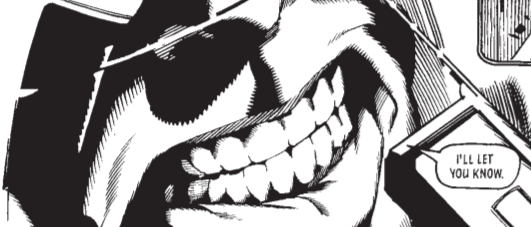
Coat of Arms of Charles I of Spain – reproduced by Heralder for Wikipedia “Succession of the Roman Empire” licensed under https://creativecommons.org/licenses/by-sa/3.0/
(14) SPAIN?
Hola, Caesar! Or is that ole, Caesar!
Here we are, starting my wild tier successors to Rome, those states that tenuously staked their claims more to the myth or metaphor of Rome in nationalist terms rather than any continuity with the Empire. We’re at the bottom of the Roman succession iceberg here, people.
Of these wild and tenuous claims, I was surprised to find Spain has the most depth to theirs, arguably making it the least wild and tenuous of these wild tier claims (or higher up the iceberg). Don’t worry – we’ll get increasingly wild and tenuous as we go.
If nothing else, at least Spain gave us the term Latin as a substantial label for ethnicity – as well as for geography with Latin America, claiming one continent and a large part of another.
Firstly, there was its loose dynastic claim of succession, starting with Spain’s succession from the Visigothic monarchy as heirs or successors to the Roman Empire in Spain. Subsequent Spanish monarchs apparently used the title Imperator totius Hispaniae to assert equality with the eastern and Holy Roman Empires.
Those claims of succession became a little more concrete firstly when “the last titular holder heir to the rank of Eastern Roman emperor, Andreas Palaiologos” purported to bequeath what he saw as his imperial title and domains in Greece, themselves pretty tenuous claims on his part (particularly as he’d already purported to sell them to another special mention entry), to the ‘Catholic Monarchs’ of the now unified Spain, Ferdinand II and Isabella I, by his will written in 1502.
It gets a lot messier than that – with dynastic claims to the Crusader vassal states to the Latin Empire in Greece and the Spanish crown’s territories in Italy thrown in to the mix. Preempting something of a recurring meme in history, Andreas apparently had grandiose dreams of a Spanish crown crusade from its territories in Italy to reconquer the imperial claims in Greece and ultimately Constantinople itself. Sadly however, the Spanish monarchy ignored “its Byzantine imperial titles”, although it did gain the title of “King of Jerusalem” from the pope and square off in war with that other claimant of Roman succession, the Ottoman Empire.
With Charles I, the Spanish monarchy also succeeded to the title of Holy Roman Emperor in 1519 – “the first time, since the coronation of Charlemagne in 800, in which the Romano-Germanic and Byzantine crowns coincided in the same person”, albeit that seems to me more like historical sleight of hand for both Charles and Charlemagne.
Anyway, Spanish claims to the succession of the Roman empire go on from these dynastic claims to include more broadly geopolitical and cultural claims – dare I say it, themes and memes of Roman empire – including the Spanish empire in the Americas.
“With all of this history in the Spanish Monarchy, Spanish nationalism claims that there is a legitimate ideological-dynastic (titles of Emperor of Constantinople and King of Jerusalem in the Spanish Crown, also in the past have been Holy Roman Emperor), geostrategic (kingdom of Naples and Sicily together, the conquests of North African plazas in Barbary, like Melilla, Ceuta, Mazalquivir, Oran, Bugia and Peñón of Algiers) and cultural basis (being a Latin country) to claim the inheritance of the Roman Empire.”
“This claim is also reinforced by the history of Spanish colonization of the Americas, which a lot of Hispanists claim is the definitive proof that Spain is the most accurate heir of Rome’s imperial legacy, as Spain was important for the culture of a continent, America (the New World), like Rome was to Europe (the Old World), some even claim that Spain surpassed Rome, since it also knew how to unify diverse peoples for centuries and maintaining cultural unity despite the imperial collapse. Even today there are opinions in which Philip VI of Spain is considered the nearest heir of Rome.”
RATING: 4 STARS****
X-TIER (WILD TIER)











